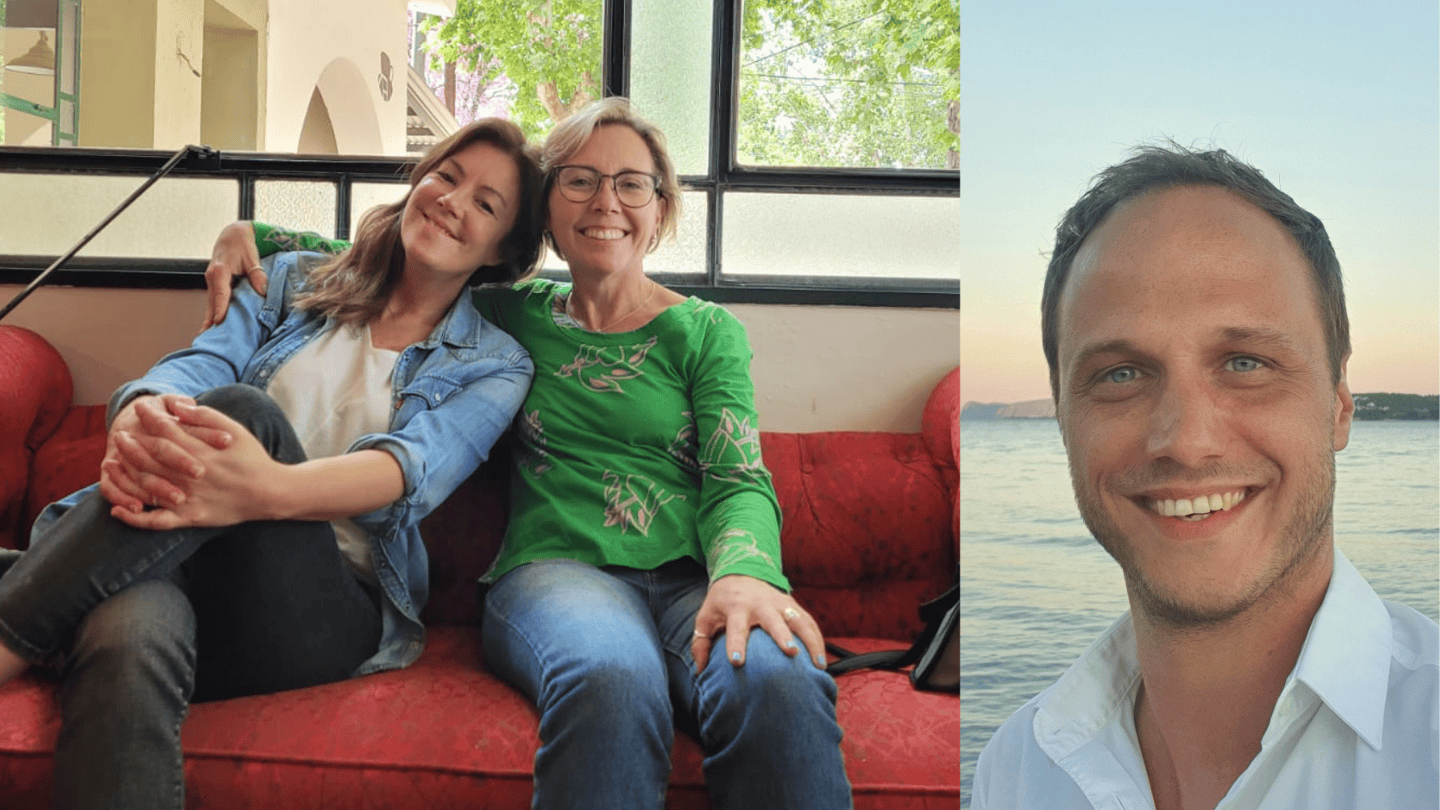“We protect thousands – maybe millions – of lives, all of whom rely on what we do.”
Martin Stefanic Patient Safety Therapeutic Area Head for Oncology

Moving to Patient Safety After 23 Years in Oncology: 7 Questions with Martin Stefanic
Martin Stefanic, Patient Safety Therapeutic Area Head for Oncology, discusses his move to Patient Safety, what motivated him to move to the department after 23 years of working in other departments, and the importance of protecting patients.
How long have you been at Boehringer Ingelheim?
I've been with Boehringer Ingelheim for about 23 years now, working in different functions all within the Therapeutic Area of Oncology.
Can you tell us what you do as the Patient Safety Therapeutic Area Head for Oncology?
It’s a wide-ranging role. But essentially, I lead a global team of 18 Patient Safety physicians who work on various tumor indications and therapeutic modes of action in close collaboration with other disciplines . I review projects with my team participate in steering committees for my therapeutic area with a focus on clinical evidence and benefit-risk assessments.
When did you start working in Patient Safety, and why did you join?
Actually, I’m very new – I started just a few months ago. But it’s such an important area, so I’m very much looking forward to working here at this point in my career.
There are a few reasons I joined, the first being that it’s such a good fit for me. During my time at Boehringer Ingelheim, there has always been a very close collaboration with Patient Safety – Oncology treatments by their nature require us to be very safety-aware – so I already had a good knowledge of the area.
The second reason is just how much Patient Safety has evolved in recent years. We’ve continued to grow and become much more sophisticated, and now It’s even more of a key pillar of value that we bring to the patient.
What is the one thing you wished people knew about Patient Safety?
I think people should know it’s not just about reporting, talking to regulators, compliance, etc. It’s also how we judge the benefit-risk profile of an asset. What is the optimal tolerable dose of a treatment in relation to how much it can help people? What safety measures do we need to impose? How does it affect the quality of someone’s life if, with every treatment, they need to travel to a hospital, see a doctor, and wait for the analysis, and what can we do to mitigate or even avoid this? We take an extremely patient-centric approach in everything we do.
Why is Patient Safety especially important for oncology?
A challenge that oncology products face is only around 10% of compounds make it to market. In Patient Safety, we are working to establish the risk-benefit ratio of a compound as early as possible in the drug development process. An early understanding of these parameters allows us to focus our time and resources on the molecules in our pipeline that have the highest potential for maximum patient benefit. So that’s a huge opportunity for Patient Safety to make a real impact.
How flexible is Patient Safety as a career?
Many physicians enter Patient Safety as their first role in industry. But then others, like me, start once we have reached more senior positions – so yes, it’s a flexible department that is open to people at any point in their career. Also, it’s flexible in terms of the area you work in. Many Patient Safety physicians get experience all along the drug development process and are even able to change therapeutic area – something which can be hard to do in other companies, where people often tend to stay in the same area.
What’s next for Patient Safety?
This is work that is very close to my heart. I treated patients for more than 10 years on a daily basis and experienced the need for better and safer therapies. So, what’s next for Patient Safety? For me, it’s focusing on our goal. To utilize technology, to collaborate, and ultimately, to protect the thousands – maybe millions – of lives who rely on what we do.

Our differences are our strengths

Five things we look for in our people


